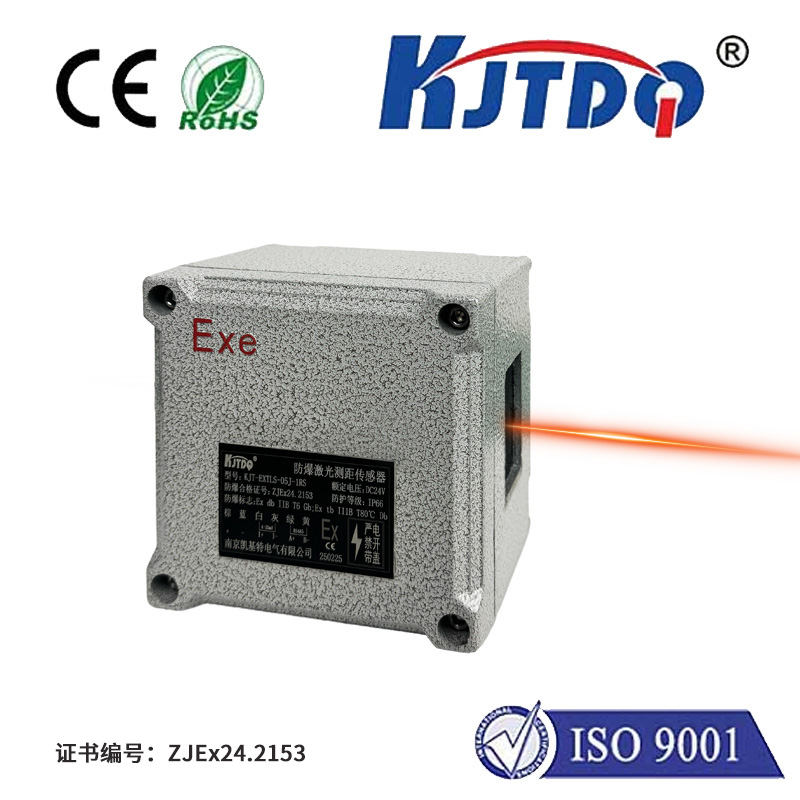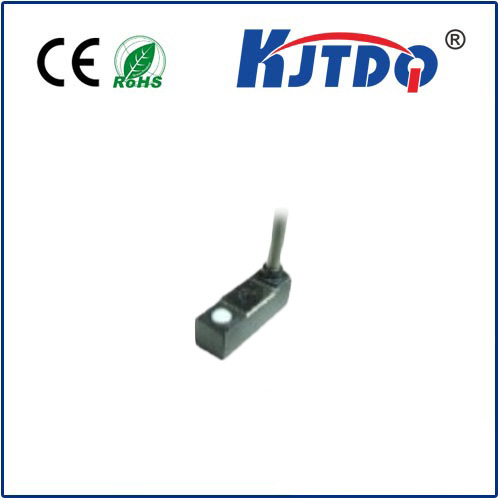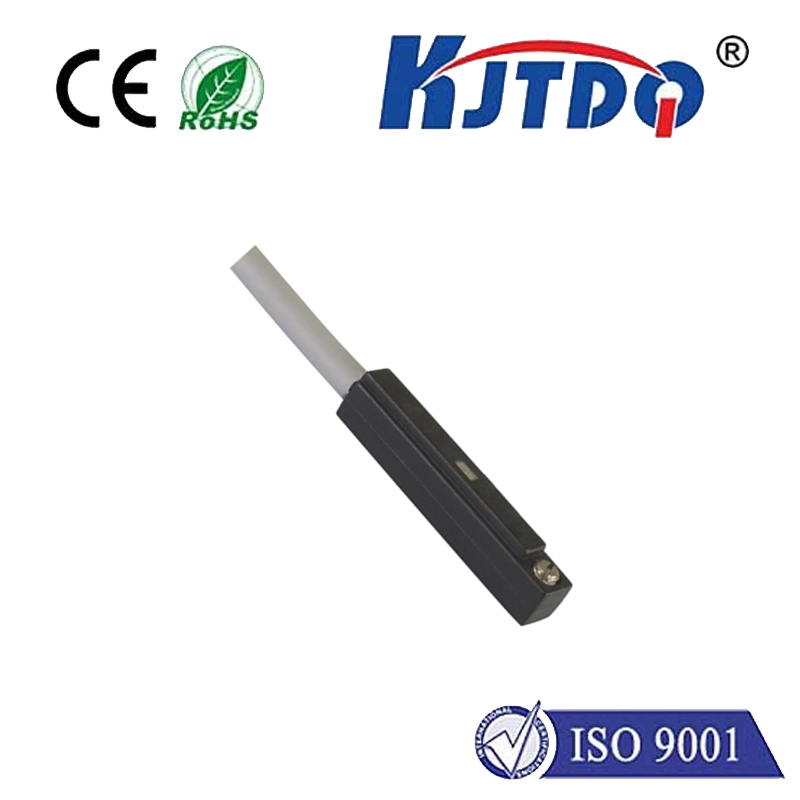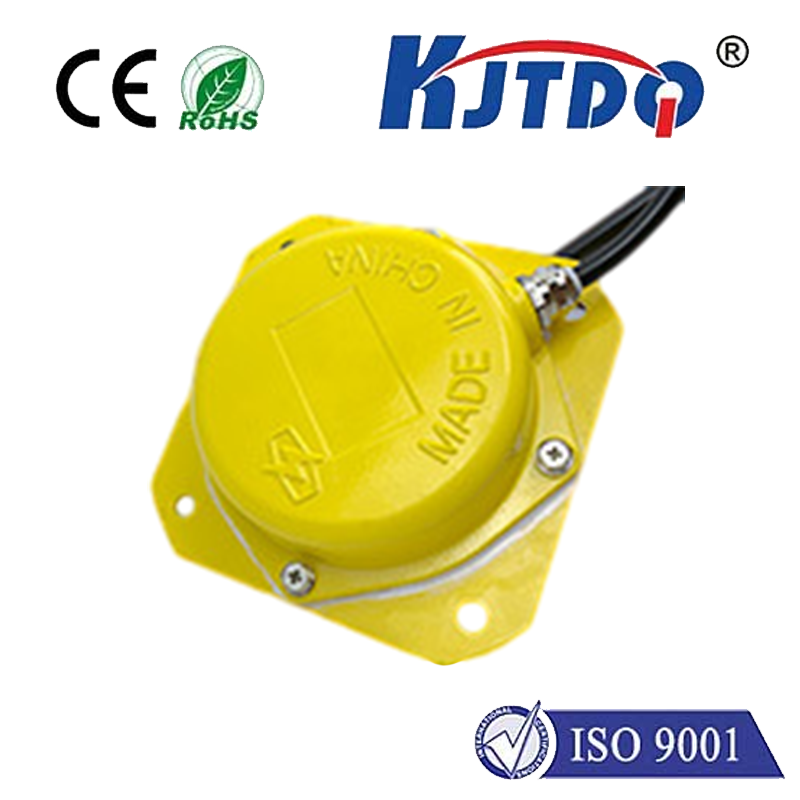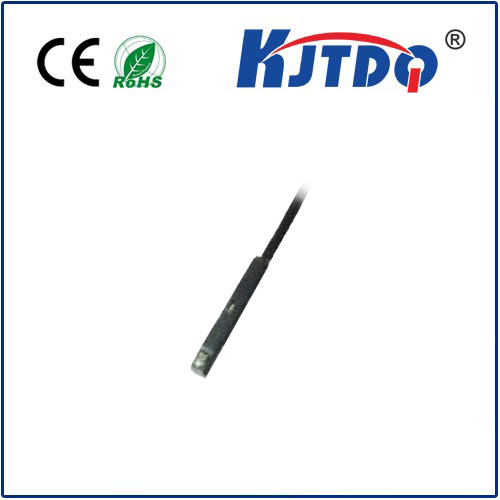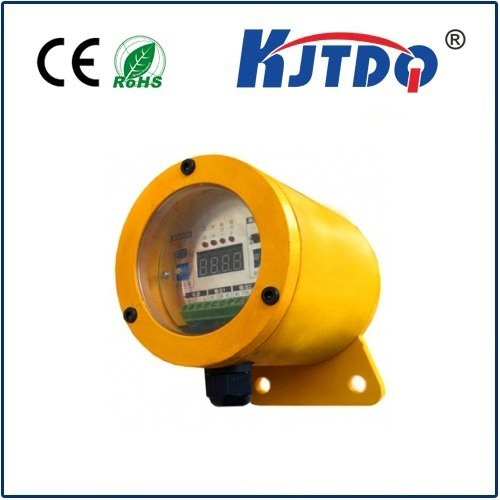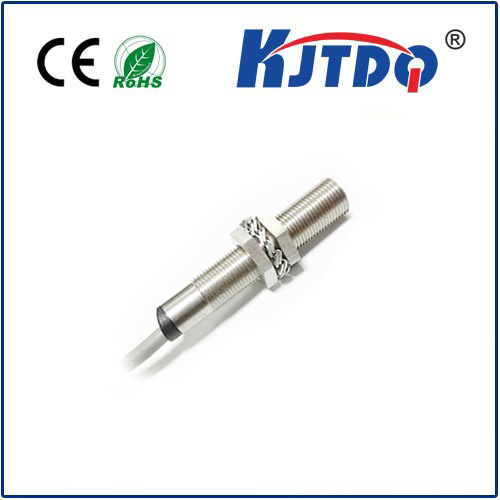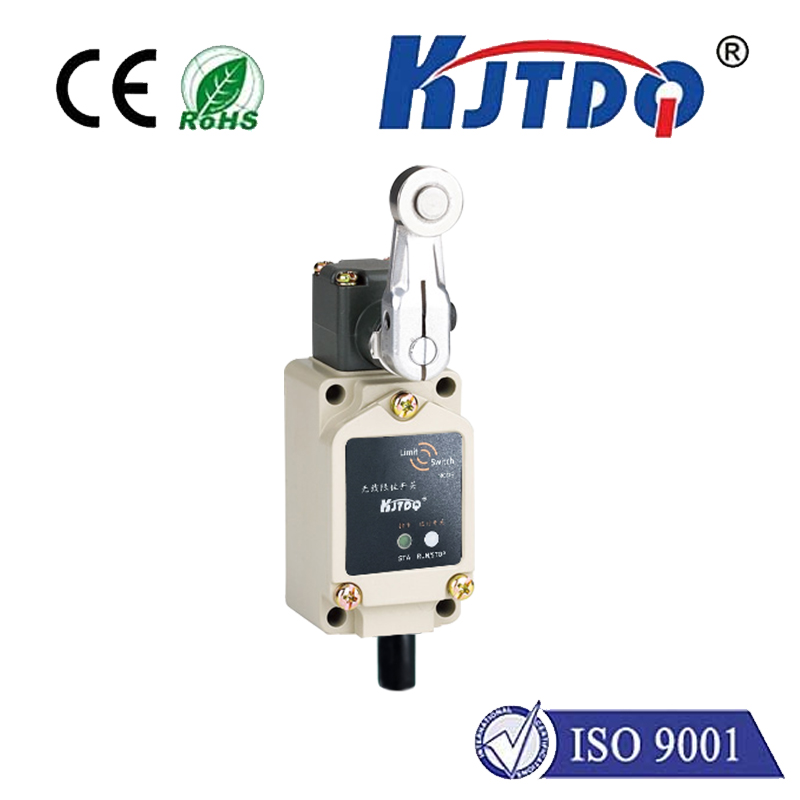hv proximity detector
- time:2025-06-18 01:48:50
- Click:0
HV Proximity Detectors: Your Essential Shield Against High-Voltage Hazards
The unseen energy crackling through high-voltage (HV) systems is a silent, lethal threat. Electricians, linemen, maintenance personnel, and engineers operating near these powerful installations face significant risks – from devastating arc flash incidents to fatal electrocution. Proximity, simply being near energized equipment, can be enough to trigger catastrophe. This is where HV proximity detectors transform from useful tools into indispensable lifelines. They actively sense invisible electrical fields, providing critical warnings to prevent accidental contact and enhance overall high-voltage safety.
Understanding the Invisible Threat
Working on or near HV equipment, even when presumed de-energized, carries inherent dangers. Unexpected voltage re-energization, induced voltages from parallel lines, or residual charge in capacitors pose constant risks. Traditional lockout/tagout (LOTO) procedures are vital but not foolproof. Human error or system failures can leave conductors live. Physically verifying the absence of voltage with test equipment requires breaching the approach boundary, putting the worker at immediate risk. HV proximity detectors address this critical gap by providing a non-contact, preliminary indication of the presence of hazardous voltages before a worker enters the danger zone.
How HV Proximity Detectors Work: Sensing the Unseen
Unlike voltage testers requiring direct contact, HV proximity detectors operate on the principle of electrostatic field detection. High-voltage conductors generate intense electrostatic fields proportional to the voltage level and inversely proportional to the distance. The detector acts like a highly sensitive antenna tuned to recognize these specific fields.

- Sensing Element: An internal sensor, typically capacitive or electromagnetic, reacts to the changing electrostatic field strength near an energized conductor.
- Signal Processing: Sophisticated circuitry amplifies and processes the weak signal received by the sensor. It distinguishes the tell-tale signature of high-voltage AC or DC fields from general environmental electrical noise.
- Alarm Activation: When the processed signal exceeds a predefined threshold – indicating a hazardous field strength (and thus proximity to live voltage) – the detector triggers a clear, unmistakable alarm. This usually involves a combination of loud audible alerts, bright visual indicators (flashing LEDs), and often strong vibration.
Key Technologies and Types
While the core principle remains consistent, different technologies cater to varying applications and voltage levels:
- Passive Capacitive Detectors: The most common type for general HV proximity detection. They are self-powered, requiring no batteries, drawing energy directly from the electric field they detect. Operating typically from around 1 kV AC/DC upwards, they are simple, robust, and ideal for routine voltage presence checks. Their detection range increases with higher voltage levels.
- Active Capacitive Detectors: Incorporate a battery to power the sensing circuitry. This allows for greater sensitivity at lower voltages (sometimes down to 50V AC) and potentially longer detection ranges at medium voltages. They often feature more sophisticated filtering to reduce false alarms and may include additional functions like voltage level approximation or data logging. Crucially, a low-battery indicator is essential for safety.
- Electromagnetic Field (EMF) Detectors: Primarily sense the alternating magnetic field generated by AC currents, in addition to the electric field. They are particularly useful for locating buried cables or tracing live conductors hidden within walls or conduit, complementing standard proximity detection.
Critical Applications: Where Safety is Non-Negotiable
The deployment of HV proximity detectors is critical across numerous industries:
- Electrical Utilities (Generation, Transmission, Distribution): Essential for lineman safety during overhead line maintenance, substation inspections, switching operations, and fault finding.
- Industrial Facilities (Manufacturing, Chemical, Oil & Gas): Safeguarding personnel working on high-voltage motor control centers (MCCs), switchgear, large drives, and process equipment during maintenance and troubleshooting.
- Renewable Energy (Solar Farms, Wind Turbines): Crucial for safety when accessing combiner boxes, inverters, transformers, and DC array wiring operating at potentially lethal voltages.
- Railway Electrification: Protecting workers near overhead catenary systems and substations powering trains.
- Construction & Excavation: Preventing accidental contact with or damage to buried high-voltage cables.
- Maintenance and Commissioning: Providing a vital preliminary safety check before initiating any work on electrical panels or equipment.
Selecting the Right HV Proximity Detector: Factors to Consider
Choosing the appropriate detector is vital for effective protection:
- Voltage Range: Ensure it covers the specific operating voltages encountered in your applications (Low Voltage, Medium Voltage, High Voltage).
- Detection Distance: Understand the typical detection range at your common voltage levels. Longer range provides earlier warning.
- Technology: Passive for simplicity and reliability at higher voltages, Active for lower voltage sensitivity and enhanced features.
- Alarm Types & Intensity: Loud, clear, multi-sensory alarms (audio, visual, vibration) are crucial in noisy environments.
- Environmental Durability: Resistance to dust, moisture (IP rating), and impact is essential for industrial or outdoor use.
- Safety Certifications: Look for compliance with international safety standards relevant to electrical work (e.g., IEC, UL).
- Self-Test Function: A pre-use self-test verifies the detector’s functionality, providing confidence before each job.
- Ease of Use & Ergonomics: Intuitive operation and comfortable handling encourage consistent use.
Beyond the Alarm: Integration and Best Practices
While an HV proximity detector is a powerful tool, it is part of a comprehensive safety system:
- Supplement, Don’t Replace: It never replaces proper lockout/tagout (LOTO) procedures or direct voltage measurement using a verified voltage detector or multimeter. Use it as an additional preliminary warning layer.
- Regular Verification: Perform the manufacturer’s recommended self-test before every use.
- Know the Limitations: Understand that detection can be affected by conductor shielding, insulation thickness, environmental interference, strong winds (for overhead lines), or very low voltages/currents. Never assume the absence of voltage based solely on a proximity detector not alarming.
- Training and Awareness: Ensure all personnel who might encounter HV systems are trained on the detector’s function, limitations, and proper usage within the overall safety protocol.
- Calibration & Maintenance: Follow the manufacturer’s guidelines for periodic calibration and maintenance to ensure ongoing accuracy and reliability.
The Essential Guardian
In the high-stakes realm of high-voltage environments, complacency is not an option. HV proximity detectors stand as vigilant electronic guardians, transforming the invisible threat of electrical fields into tangible warnings. By providing that crucial early indication of live voltage, they empower workers to halt, reassess, and apply safe work procedures. They are a fundamental component of modern electrical safety programs, significantly reducing the risk of catastrophic accidents and protecting valuable human lives. Making these detectors a mandatory part of pre-work checks is not just good practice; it’s a commitment to ensuring everyone goes home safely.







